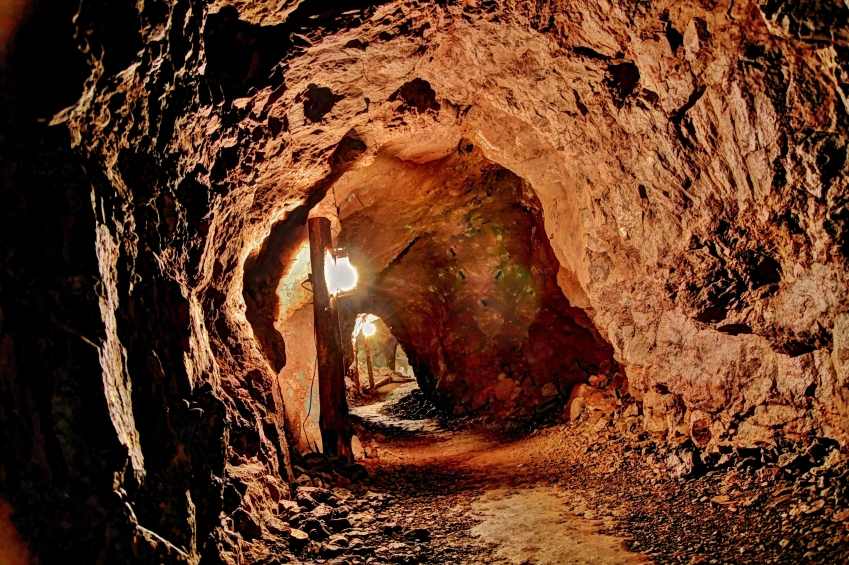Canadian Mining Resources: New Resources for Companies
 Canadian Mining Resources: New Resources for Companies
Canadian Mining Resources: New Resources for Companies
The melting Arctic ice is revealing a veritable treasure trove of Canadian mining resources to the determined miners willing to brave the frigid temperatures to retrieve the bounty. Call it the silver lining of global warming.
With the ice floes breaking up, ships are able to gain access to coastlines that were once off limits. However, this doesn’t mean that mining companies can merely swoop in and start shoveling up the rewards. The proper support system and retrieval infrastructure needs to be put in place before any company can get serious about mining in the Arctic.
Canada’s Arctic coastline stretches for 162,000 kilometres. The main hub for operations has been along the shores of Nunavut’s mainland. Currently, five mines are deemed fully operational. Within the next few years, at least three more mining operations could be set up in this resource rich zone.
What is being found under the Arctic ice? A better question might be, “What isn’t being found?”
Diamond Cache
It was only a few months ago when Peregrince Diamonds Limited reported finding one of the richest diamond deposits on the planet. Their CH-6 strike uncovered an impressive 2.7 carats per tonne. These are diamonds graded as “high-quality.”
The source of these diamonds can be found in Chidliak, which is situated about 120 kilometers north of Iqaluit. Diamond merchants are keeping a close eye on these operations. If the melting ice can open up pathways, then there may be a plethora on diamond deposits to be discovered.
Searching For Coal
Canada Coal Incorporated has been exploring Ellesmere Island for the last 30 years. Their findings reveal a potential coal deposit that could yield upwards of 20 billion tonnes. The key is securing cooperation from the island’s indigenous Inuit population, all 140 of them.
The Inuit are rightly concerned about the potential environmental impact of a mining operation on their land. Discussions are ongoing to find a way to make all sides happy and move forward with the excavation.
Shipping Base Metals
Located 350 kilometres inland, Australia’s MMG Limited has been extracting zinc-copper from the arctic for quite some time. To increase productivity, MMG is eyeing the new shipping lanes that are opening up from the melting ice. In fact, there are plans on the table to use Gray’s Bay for a deep-sea port that would be on the receiving end of an all-weather road, built across the Barrenlands. This is a huge project that could lead to the loading of up to 10 to 15 ships during the summer and fall seasons.
Finding Gold
The model for Arctic gold mining operations can be found at Nunuvut’s Meadowbank. This production is owned by Agnico Eagle Mines Limited, out of Toronto. Current tallies put the yield at around 360,000 ounces per year. Like the base metal mines, this operation is situated far inland and can only be supplied by ship. However, the company is looking at opening the Meliadine mine that is only 25 kilometres inland from the Rankin Inlet. This would only be possible thanks to the improved economics of bringing ships into these areas.
Iron Reign
The biggest operation in this area is the Mary River Project by the Baffinland Iron Mines Corporation. Miners are looking to sink $740 million in to an open-pit mining operation that could extract 3.5 million tonnes by the beginning of 2015. By 2020, the expanded rail and port operations could ramp that number up to 20 million tonnes.
While the debate about how to handle climate change continues, savvy companies are taking full advantage of the abundant Arctic mining resources. Will yours?

